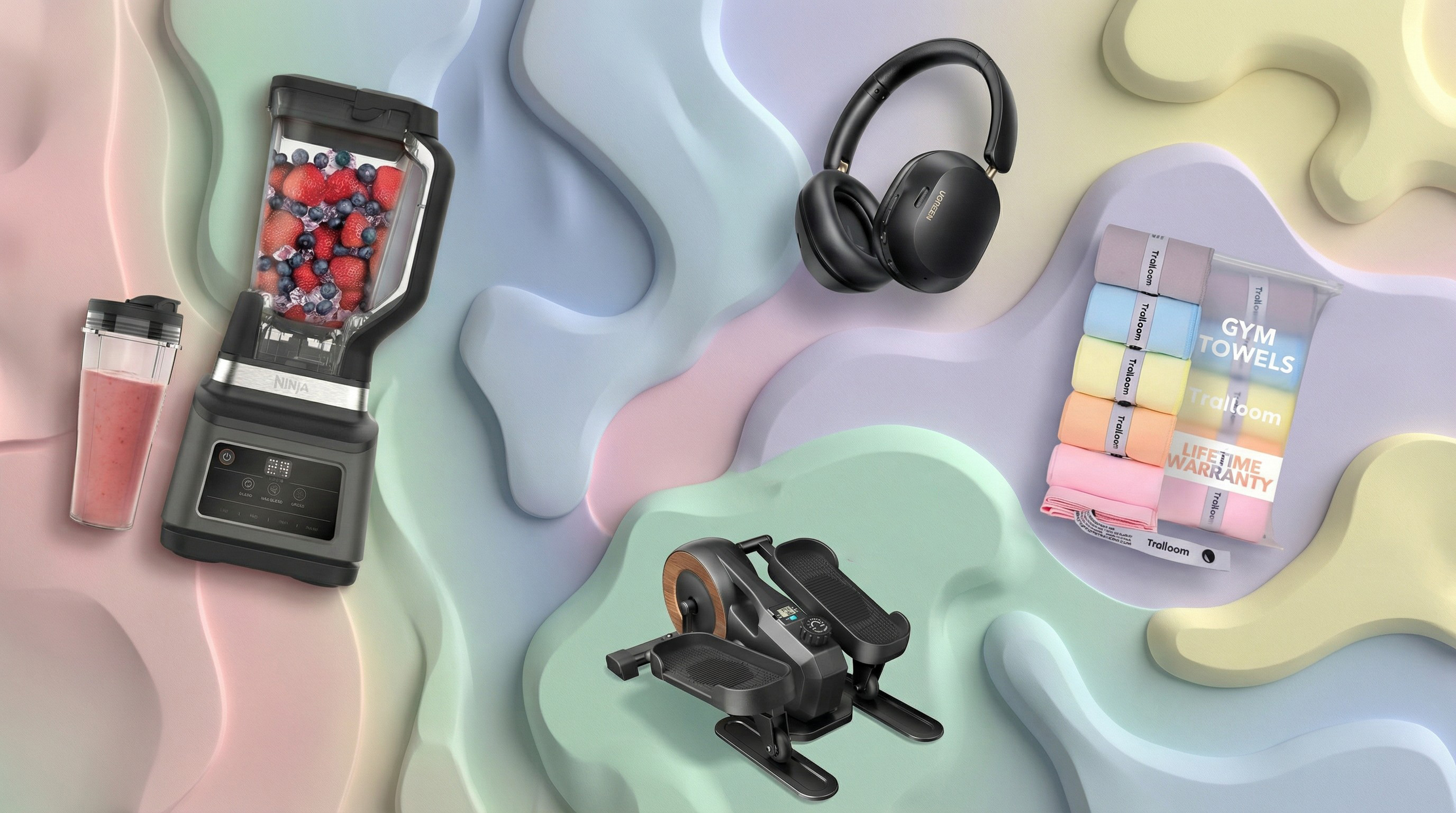Do you have an inkling?
Sketch with a real ballpoint pen on any paper, while simultaneously beginning the first steps of your digital workflow
Wacom’s latest product has been getting a lot of creative attention. Called the Inkling, it’s a ballpoint pen merged with a Wacom pen and clip-on sensor. The theory is simple: you can draw with the ballpoint on paper, and the sensor measures and remembers both pressure and position. Because the pen is a standard art ballpoint, you can replace the refill with one of your choice, bought from almost any art shop. But note that Inkling isn’t a paper-compatible graphics tablet. It’s a record/replay device, not a real-time sensor or a replacement for other Wacom pen products.
When you’ve finished your sketch, you have a paper version you can scan in the usual way. You also have a digital record of your movements. The supplied software can convert this information into a rasterised image file for use in Photoshop or any other standard image editor. It can also be converted into vector art to import into Illustrator. A clever feature is the ability to split different stroke collections into different layers. You can move markers in the recording to define which strokes go into which layer. Once you import the layers into Illustrator, you can process the layers differently – for example, by adding colours.
With a package price of £125, it’s an attractive product. But is it any good? In tests, the answer was yes – mostly. In practice, the theory works almost as well as advertised. But there are some minor imperfections.
The first is that the paper sketch includes paper texture and colour. These details aren’t critical for sketches, but the digital equivalents are pure black on a pure black background, and it can take a some time to get used to this.
Another imperfection is caused by some slight drifting in the pen position. This is inevitable – the sensor isn’t glued or nailed to the paper, so it can be displaced slightly as you draw. At worst, this means that later layers can be visibly misaligned with earlier ones. But if you’re careful, you can keep movement to a minimum so that the imported sketch matches your original very closely.
The final point is that the sensor’s pressure curve doesn’t exactly match the sensitivity of real ink on paper. When you make a light but solid stroke on paper, the recorded lines can sometimes be thin, incomplete or grainy.
None of these imperfections are showstoppers and Inkling mostly does what you expect it to. It’s also light enough and portable enough to be easily carried to client meetings without the size and weight of a larger tablet. It isn’t – yet – a perfect replacement for a paper sketchbook. But it’s very close. And considering the affordable price, it’s well worth a closer look if you spend a lot of time working up pen-based sketches and scanning them.
Daily design news, reviews, how-tos and more, as picked by the editors.

The Creative Bloq team is made up of a group of art and design enthusiasts, and has changed and evolved since Creative Bloq began back in 2012. The current website team consists of eight full-time members of staff: Editor Georgia Coggan, Deputy Editor Rosie Hilder, Ecommerce Editor Beren Neale, Senior News Editor Daniel Piper, Editor, Digital Art and 3D Ian Dean, Tech Reviews Editor Erlingur Einarsson, Ecommerce Writer Beth Nicholls and Staff Writer Natalie Fear, as well as a roster of freelancers from around the world. The ImagineFX magazine team also pitch in, ensuring that content from leading digital art publication ImagineFX is represented on Creative Bloq.
